Spider mite types and pest control options
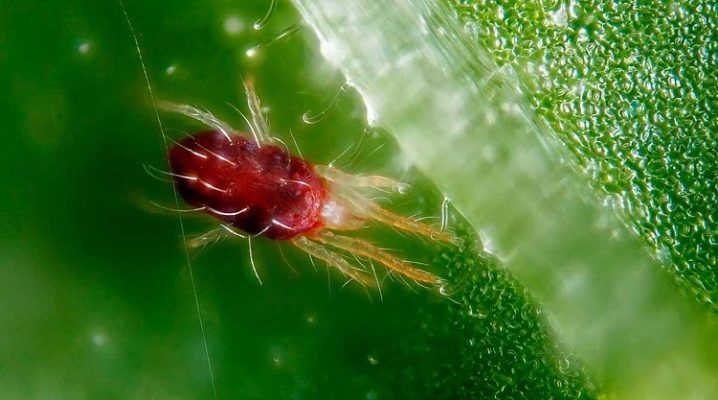
A miniature pest such as a spider mite can harm many crops that live in the garden. Since insects have a huge number of opportunities to get into the beds, the fight against them should take place by combining preventive measures, chemicals and folk remedies.
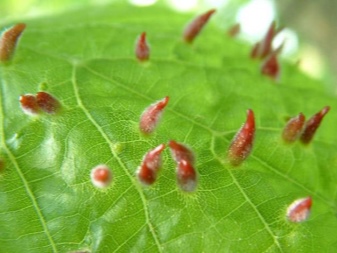
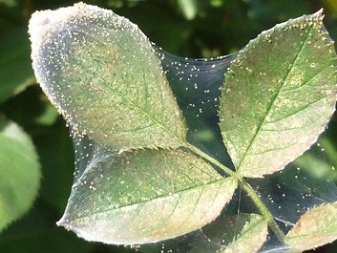
Description and varieties
A spider mite looks like a very small insect with a length not exceeding 1 mm, which is rather difficult to see with the naked eye.... Depending on the species, its color can be red, yellow and light green. The pest actively multiplies, laying 7 eggs per day, and therefore extremely quickly destroys crops... The insect hibernates in the bark of a tree or a heap of leaves.
The common tick is the most common in Russia. This variety lives on the underside of leaf blades and gives offspring 8 to 18 times a year. Mite hawthorn mainly attacks apple trees, having time to multiply 8 times during the growing season. Females of this variety are outwardly different from males. Red hothouse the tick lives only indoors. The heat-loving insect reproduces 18 times a year. Atlantic the mite settles on both sides of the leaf, preferring conditions of high humidity. Cyclamen a tick with a yellow rounded body prefers shade, but lives on the upper side of the plates.
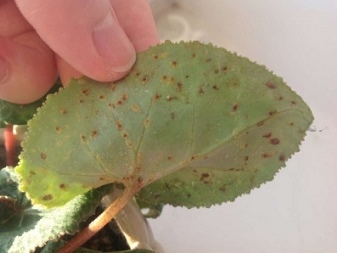
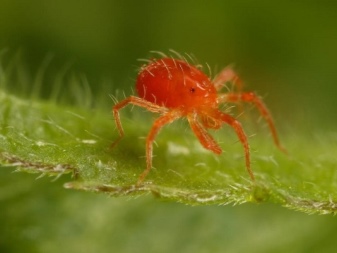
Reasons for the appearance
The appearance of a pest on plantings can be due to various reasons. Quite often, the insect comes from the nursery along with the soil or seedlings bought there. The same can be said about humus or substrate taken from the garden.
Ticks can be carried by the wind, and the gardener himself, who has brought the parasite on shoes or clothes. Moreover, it happens that the insect moves from neighboring areas.
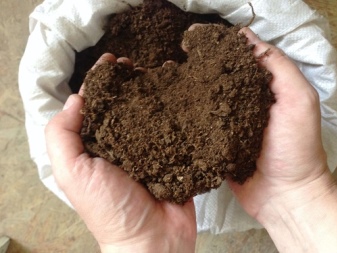

Signs and consequences of infection
Several signs may indicate that a plant has been attacked by a spider mite. For example, the gardener should be alerted brown spots that look like holes, or yellowish dots, arising on leaf blades. Of course, falling leaves and flowers, as well as slowed down development of culture. The fact that it was a spider mite that settled on a tree or bush can be calculated thanks to the appearance of a thin spider web of white or silver color. If the vital activity of insects is already in full swing, then they themselves will most likely be found on the back of the leaves and cobwebs, plus black grains of their waste will appear on the plant.
Since the insect feeds on plant sap, in the latter, tissues will gradually begin to die off, and the leaves and buds themselves will dry out and fall off... Such a bare plant will quickly die. The tick is also capable of harming the fruits of different crops.
It should not be forgotten that the insect will also carry fungi and viruses, significantly impairing the plant's immunity.
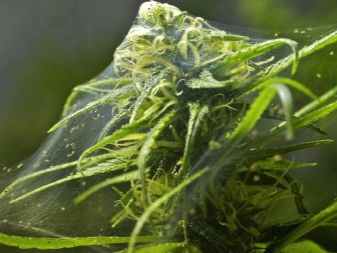
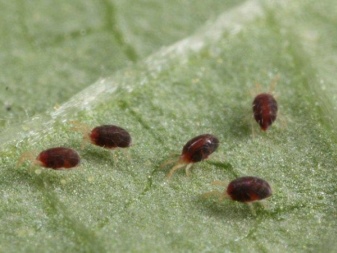
What plants are affected?
The spider mite is able to feed on almost any crop that the gardener is engaged in breeding. In a greenhouse, cucumbers most often suffer, in which the leaves first dry up, then the ovaries and flowers fall off, and then the bush itself perishes.Tomatoes are even more exposed to insects. Berry bushes - currants, gooseberries, raspberries - are deprived of a significant part of the crop due to ticks. Of course, strawberries also suffer from the problem, the berries on which do not have time to ripen and dry out. Many fruit trees are covered with cobwebs: apple, pear, grapes, cherries, lemon, as well as conifers - finding whitish strings happens on thujas, junipers and pines.
Peppers, zucchini, eggplants and legumes can suffer from garden crops. Some herbs such as mint and lemon balm are also vulnerable. Finally, due to the activity of insects, the life of watermelons and soybeans can be significantly impaired. From indoor plants, the pest affects everything - from cacti to palm trees.
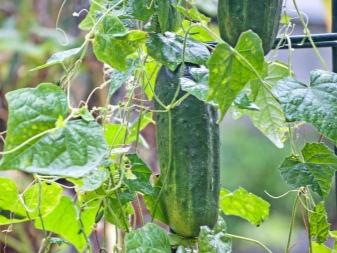
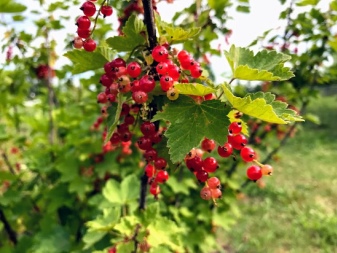
What drugs should I use to fight?
It is most effective to fight spider mites with the help of industrial preparations of chemical or biological action.
Chemical
Acaricidal preparations against pests require strict adherence to the instructions for use, as well as ensuring the protection of the person conducting the treatment.... So, it is considered very effective "Actellik", affecting the insect through its intestines. The pirimiphos-methyl present in the composition disrupts the digestibility of food in the spider mite, as a result of which the latter soon dies. For the complete disappearance of the problem, two procedures are required, maintaining an interval of two weeks. The drug in the amount of 2 milliliters is diluted in 2 liters of water, after which it is used for spraying. One ampoule is enough for almost 10 square meters of beds. This tool can be used both in the greenhouse and in the open field.
Another acaricide - Apollo - is considered one of the best products for treating fruit trees and berry bushes from eggs and small insects. However, it is not able to breed adults, except to render the females sterile and thereby stop the spread of the pest. It is necessary to process Apollo plants at the beginning of spring, when the buds are just swelling. However, in the case of strawberries, you have to act before the flowers appear. A liquid containing clofentesin is sprayed over the bark and shoots.
"Demitan" chosen for the treatment of pear, apple and grape. Spraying with this drug must be carried out before the buds bloom. "Nero", which contains bromopropylate, does not act on bees, and therefore can be used during the flowering of a number of crops. Each ampoule of the product is diluted in 8-10 liters of water, after which the leaf blades and planting stems are moistened with the resulting mixture. "Omite", whose active ingredient is propargite, manifests itself most effectively when the air temperature warms up to +25 degrees. It works well in the open field, apple, plum, sweet cherry and some melons. During use, 10-15 milliliters of the drug are poured with 5 liters of water and used for spraying.
"Aktara" is a broad-spectrum insecticide and is quite effective in dealing with ticks. However, beneficial insects often die along with the pest. "Kleschevit" suitable for curing potatoes.

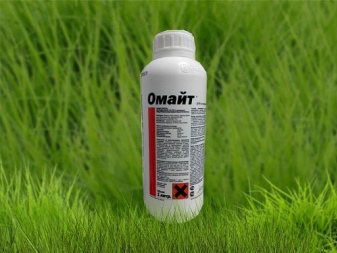
Biological
Biologics suitable for getting rid of spider mites include Iskra-Bio - a liquid that stays on the leaves for a long time and can be used even before harvesting. Fitoverm it is also allowed to use in summer, shortly before harvesting the fruits, and also in spring, during flowering. Most often it is used to process currants and apple trees. Each ampoule is filled with 10 liters of water, after which the garden is sprayed.
To increase the effectiveness of the drug, a household or "green" soap is added to the mixture.

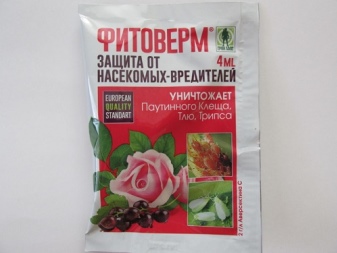
How to get rid of using folk methods?
The use of folk methods is considered effective only in the early stages of damage to cultures, however, even after they are proposed to be used as "helpers" for chemicals. We must not forget that the treatment with such means is safer than in the case of purchased insecticides. For example, treatment of cultures can be carried out with garlic... A one-liter saucepan is filled with a pair of crushed heads, filled to the brim with water and closed with a lid. This composition should be brewed for about 5 days. In addition, before spraying the plantings, it will need to be diluted with a clean liquid in a 1 to 1 ratio.
Plants with thick leaf blades can in principle be wiped clean alcohol solution. At home, an infusion based on onion peels is often prepared. For its preparation, 100 grams of raw materials are poured with 5 liters of water, infused for about 5 days, filtered and used for spraying. Since the spider mite afraid of the smell of onions, such a drug will discourage him from appearing in the beds for a long time. To make the remedy more effective, you will need to take a peeled onion as a basis, chop it finely, pour 0.5 liters of liquid and leave for about half an hour. Before processing, 3-4 drops of iodine are added to the mixture. It is possible to combine the husks and fruits of onions in one recipe.
Scare away insects and marigold flowers - they in the amount of 500 grams are poured into 5 liters of water and kept before use for about 5 days. Insist dandelion it takes less - about 4 hours. Having chosen it to fight the spider mite, you will need to pour 0.5 kilograms of greens with 10 liters of liquid. To destroy a pest in a greenhouse, most often you have to use soda ash. Powder in the amount of 50 milliliters is diluted in 10 liters of water. Suitable for saving cucumbers and peppers Birch tar, previously diluted in an amount of 10 milliliters in 10 liters of liquid base.
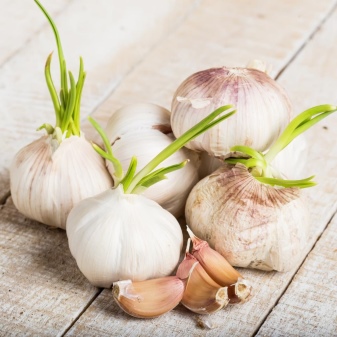
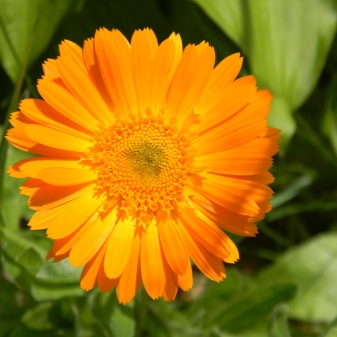
Some gardeners risk turning to dope, 100 grams of which in a dried state are poured with a liter of water and infused for 24 hours. They act in a similar way with him celandine with yarrow... These herbs in the amount of 500 grams are first poured with a liter of boiling water, and after infusion are brought to a total volume of 10 liters. Sagebrush, infused for about 24 hours, destroys the insect on the ripening gooseberry berries. Greens in the amount of half a bucket are first poured with warm water and infused for half a day. Before spraying, the broth is also boiled for about half an hour. To get rid of the problem on lemon helps one percent boric acid solution.
A small number of insects can be eliminated using a decoction of chamomile pharmacy... A kilogram of dry leaves and flowers is supplemented with 10 liters of hot water. After a 12-hour infusion, the resulting mixture is filtered and diluted with plain water in a ratio of 1 to 3. Before spraying, soap shavings are poured into the infusion, which will "fix" the active substances on the leaf plates. To combat spider mites with horseradish it is necessary to take as a basis 2/3 of a bucket of its leaves or 1/3 of a bucket of its roots. The container is completely filled with water and kept for about an hour.
Have tansy for the preparation of a folk remedy, not only the stems are taken, but also flowers in the amount of 1 kilogram. The green mass is poured with 10 liters of liquid, brought to a boil, cooled and filtered. Planting can be sprayed once a week hydrogen peroxide solution, 2 tablespoons of which are diluted with a liter of water. If it comes about ammonia, then its 30 milliliters must be dissolved in 10 liters of liquid base.
With a small lesion, the plant, after breaking off the yellowed leaf blades, can be treated with a solution for which 10-20 grams of household or tar soap are diluted in a liter of water.
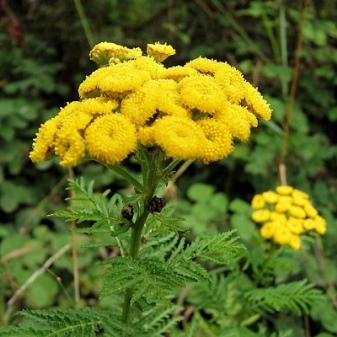

Prevention measures
To prevent the spider mite from multiplying in the garden, the soil must be decontaminated before use. For example, if it is planned to use nutritious purchased soil to fill the holes, then it will have to be calcined for about 30 minutes in an oven heated to 90 degrees. Again, it is imperative that the land used for growing the seedlings is safe. The insect does not like high humidity in excess of 50%, so regular irrigation should be a constant part of planting maintenance. An equally important role is played by timely weeding, accompanied by the cleaning of row spacings from plant debris: weeds, dry foliage, fallen flowers. Harvesting necessarily ends with cleaning the beds from tops, leaves and crop residues in which the pest can overwinter, as well as digging up the soil.
A plus will be the location of dill bushes near the crops, the aroma of which will scare off the spider mite, but will attract beneficial insects. Crops such as garlic, marigolds and mustard have similar properties. From time to time it is suggested to treat the garden with garlic infusion. It is prepared from a pair of crushed heads, which are filled with a liter of water and infused for 5 days. Another preventive measure is the use of fertilizer complexes containing large amounts of potassium and phosphorus. Crops developing in a greenhouse require regular ventilation, and the leaf blades of such bushes require wiping with a damp cloth. The temperature in this building should reach +25 degrees, and the humidity should be kept at 80-90%.
Planting plants in open ground should be carried out with sufficient spacing between rows. A good solution would be pre-season fumigation of greenhouses and greenhouses.
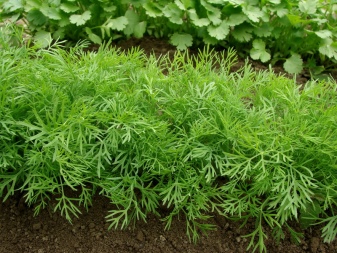
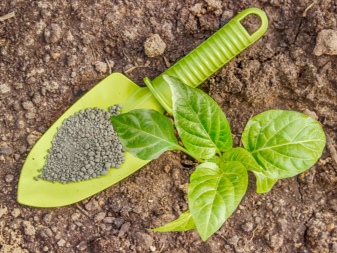













The comment was sent successfully.